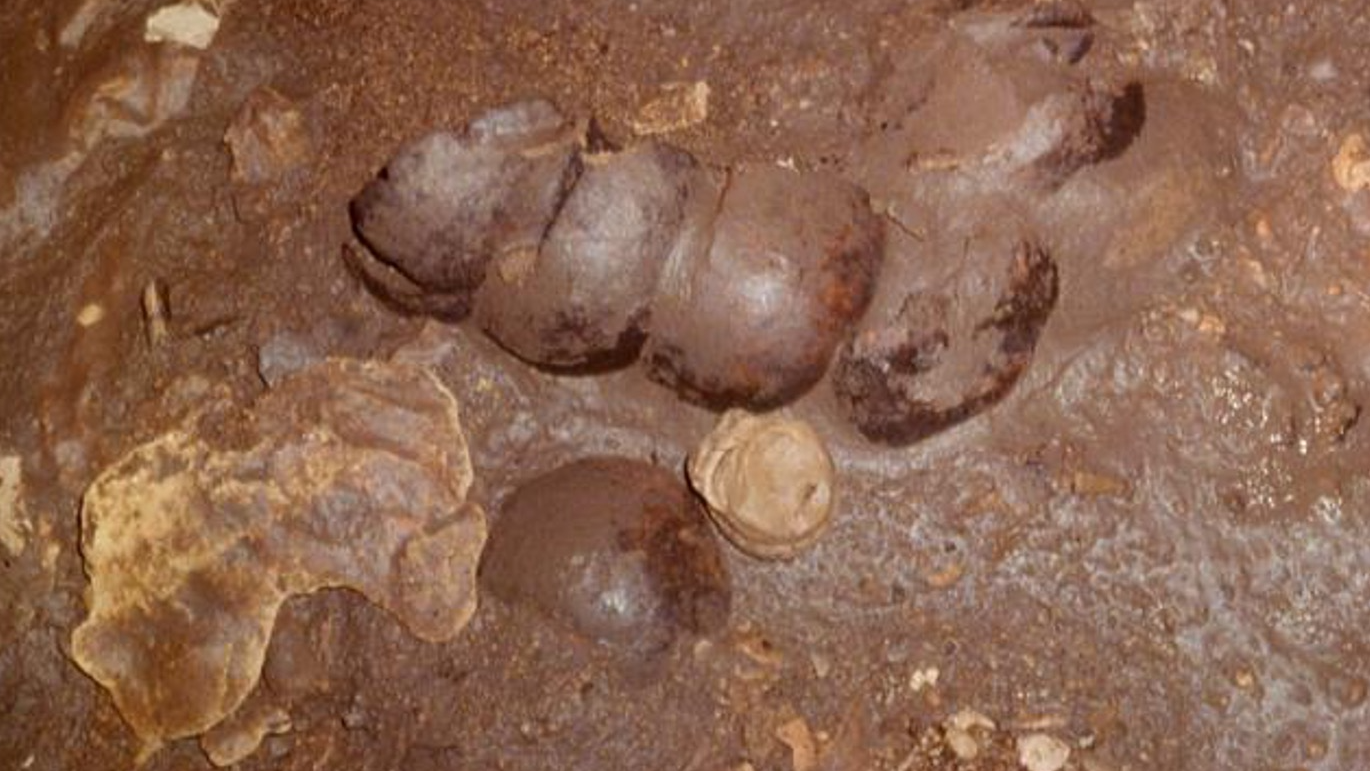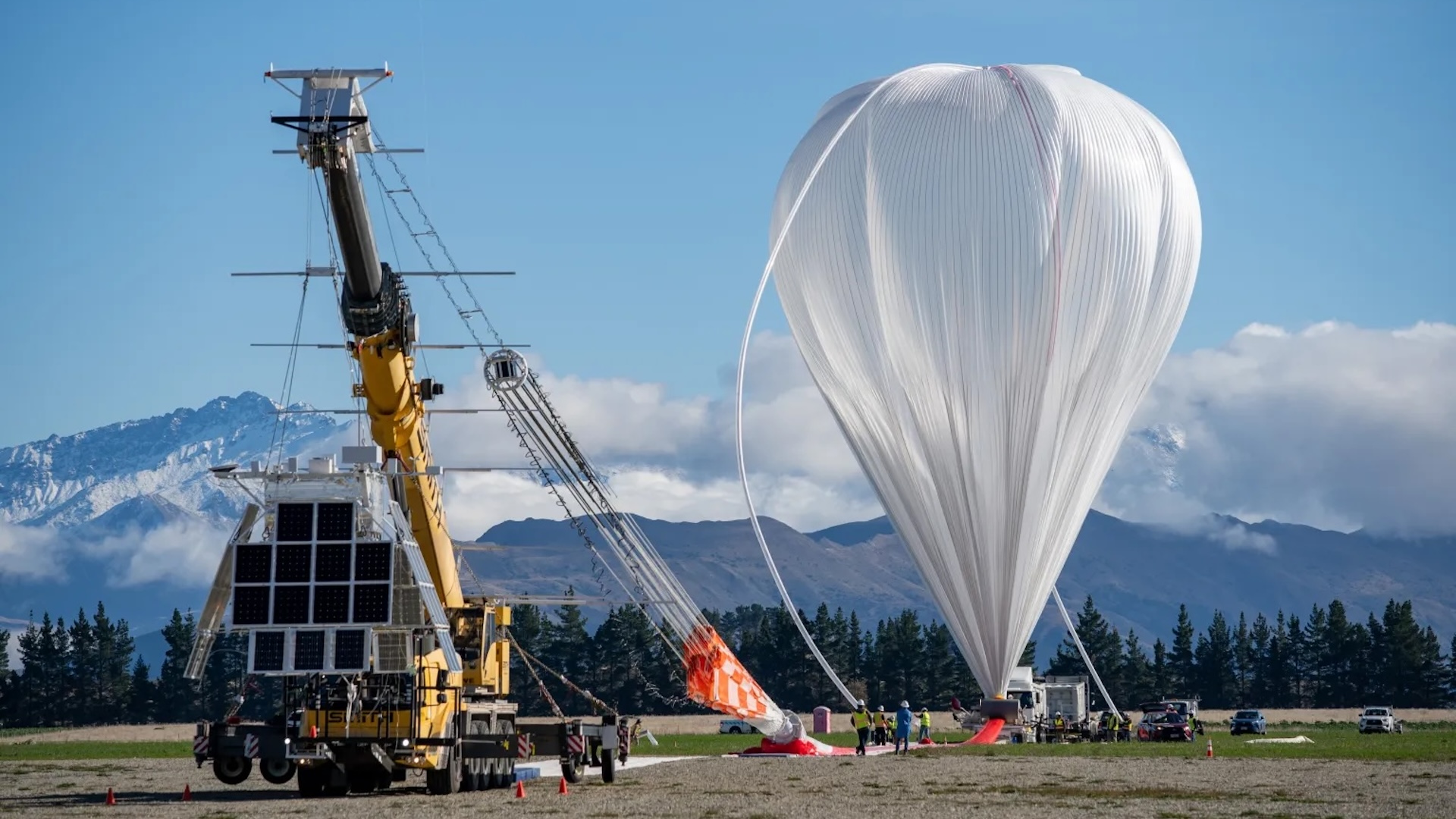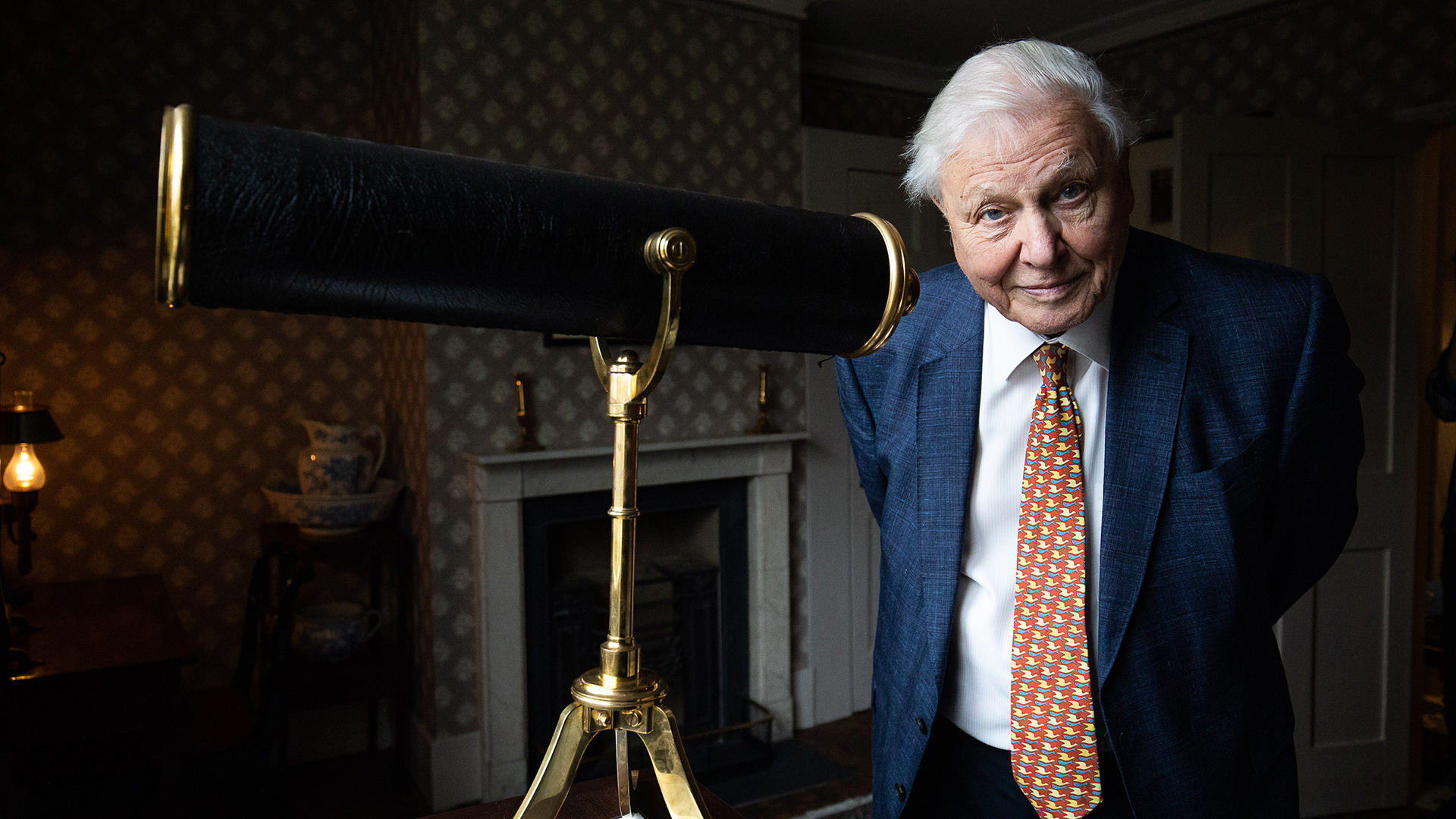Asperger's and Autism: Brain Differences Found

Children with Asperger's syndrome show patterns of brain connectivity distinct from those of children with autism, according to a new study. The findings suggest the two conditions, which are now in one category in the new psychiatry diagnostic manual, may be biologically different.
The researchers used electroencephalography (EEG) recordings to measure the amount of signaling occurring between brain areas in children. They had previously used this measure of brain connectivity to develop a test that could distinguish between children with autism and typically-developing children.
"We looked at a group of 26 children with Asperger's, to see whether measures of brain connectivity would indicate they're part of autism group, or they stood separately," said study researcher Dr. Frank Duffy, a neurologist at Boston's Children Hospital. The study also included more than 400 children with autism, and about 550 typically-developing children, who served as controls.
At first, the test showed that children with Asperger's and those with autism were similar: both showed weaker connections, compared with typically-developing children, in a region of the brain's left hemisphere called the arcuate fasciculus, which is involved in language.
However, when looking at connectivity between other parts of the brain, the researchers saw differences. Connections between several regions in the left hemisphere were stronger in children with Asperger's than in both children with autism and typically-developing children.
The results suggest the conditions are related, but there are physiological differences in brain connectivity that distinguish children with Asperger's from those with autism, according to the study published Wednesday (July 31) in the journal BMC Medicine.
"The findings are exciting, and the methods are sophisticated," said Dr. James McPartland, a professor of child psychiatry at Yale University, who was not involved in the study. Although the study included a reasonable number of children, like any new finding, the research needs to be replicated in future studies, McPartland said.
Sign up for the Live Science daily newsletter now
Get the world’s most fascinating discoveries delivered straight to your inbox.
People with Asperger’s syndrome experience difficulties with social interaction, and can display unusual behaviors, such as repeating the same action or being excessively attached to performing certain routines. These symptoms overlap with those of autism disorder, however, children with Asperger's tend to show language and cognitive development that is closer to that of typically-developing children, compared with children with autism.
Recently, the American Psychiatric Association decided to eliminate Asperger's syndromefrom the newest revision of the Diagnostic and Statistical Manual of Mental Disorders (DSM 5) and instead put it alongside autism under an umbrella term, autism spectrum disorders (ASD).
The APA's decision raised voices of concern from several places. Parents worried that their children with Asperger's might not receive the special training they need, and experts said it was premature to combine the two conditions under one groupwhen it cannot be ruled out that there are biological differences.
"At present, it is hard to know whether [the new findings] reflect a core, intrinsic difference between Asperger's and autism, or whether it is a reflection of developing with different characteristics," McPartland said.
Duffy said the new findings fit with the notion that autism and Asperger's syndrome are similar in some respects; for example, both have difficulty getting along with other people.
However, stronger connectivity among the left hemisphere brain areas in children with Asperger's may be what makes people with Asperger's special in terms of their personalities and abilities, Duffy said.
"It's essential to separate these two groups, because they need different education and training and opportunity," he said. Editor's note: This story was updated on Monday Aug. 5 to refer to the control children in the study as "typically-developing."
Email Bahar Gholipour. Follow LiveScience @livescience, Facebook & Google+. Original article on Live Science.











